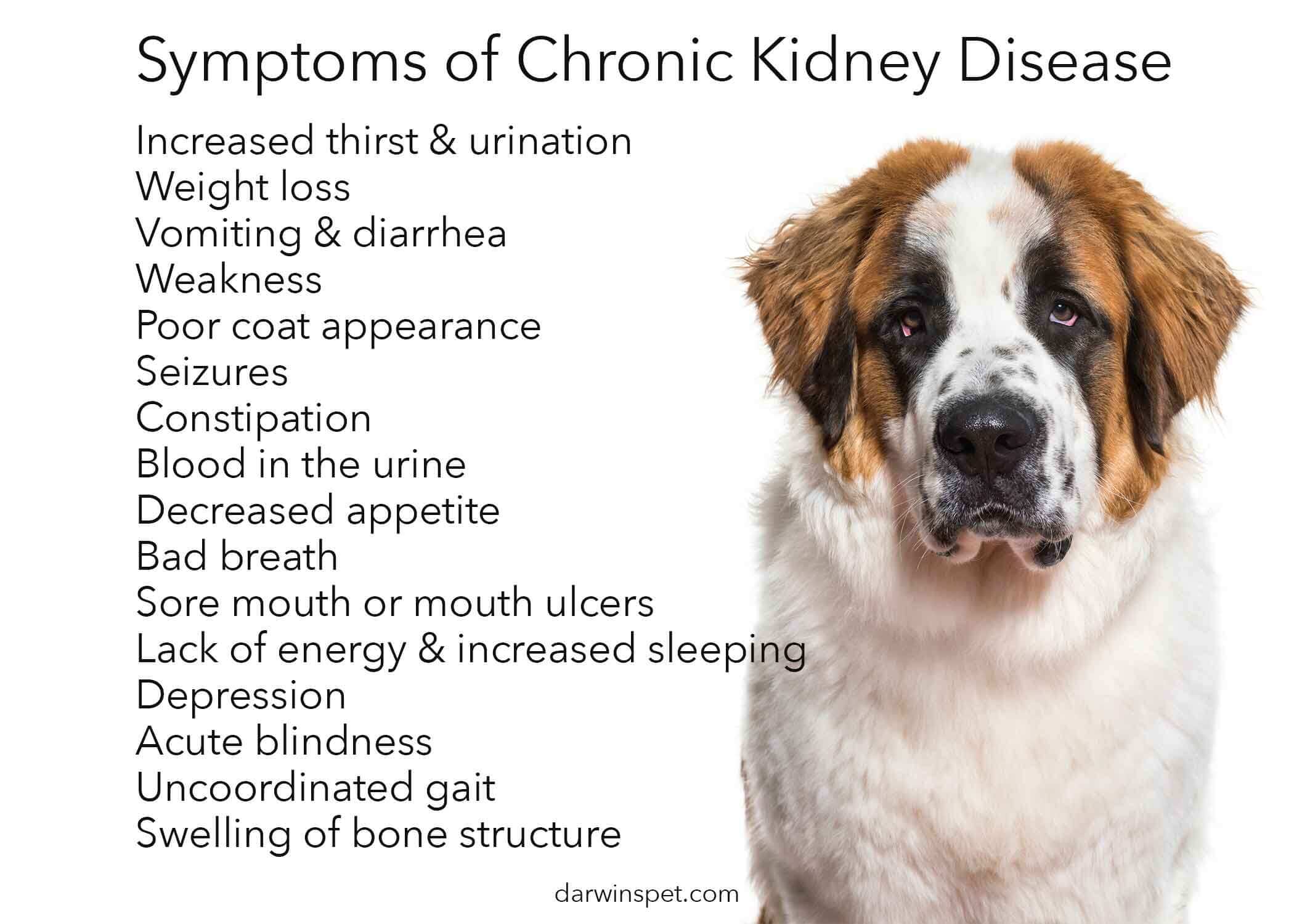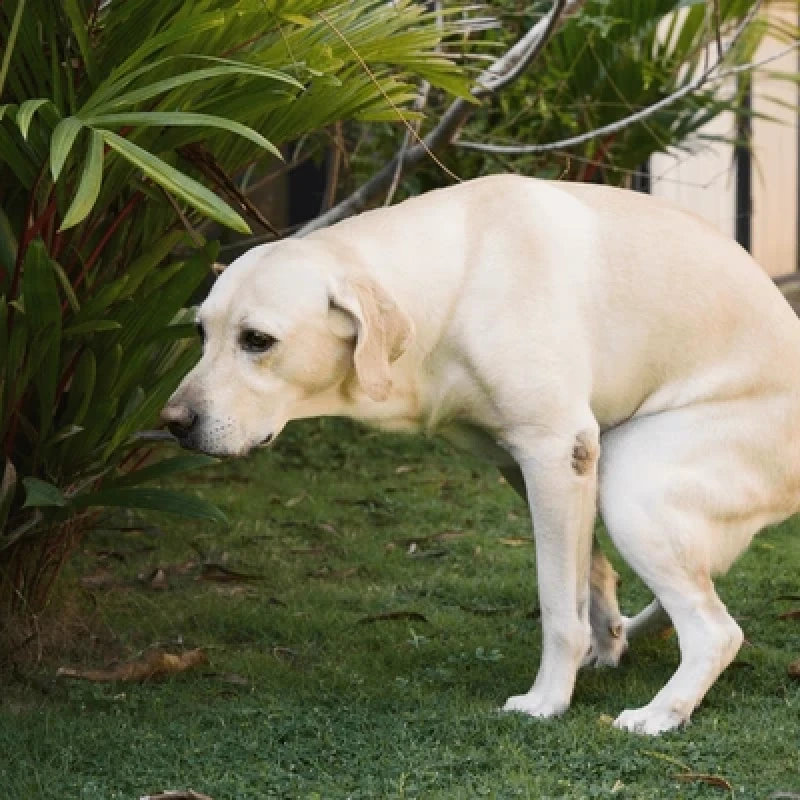Kidney failure is one of the dangerous diseases commonly seen in older dogs. Just like in humans, the kidneys in dogs are extremely important organs. However, many pet owners are still unaware of the dangers of this disease. Typically, dogs may suffer from one of two forms of kidney failure. In this article, Pet Mart will summarize the causes and how to address this condition when it occurs in dogs.

Causes of Kidney Disease in Dogs
There are many reasons why dogs may develop kidney failure. Some of the causes include:
- Older dogs and the aging process
- Viruses, fungi, or bacterial infections, parasites/spirochetes
- Cancer/inflammatory conditions
- Trauma
- Reactions to toxins from food or medications
- Congenital and hereditary dysfunction disorders
- Urinary tract obstructions
- Bladder or urethral rupture
- Congestive heart failure leading to low blood pressure and decreased blood flow to the kidneys
- Certain medications that can be toxic to the kidneys, such as:
- Acetaminophen (pain reliever)
- Amphotericin B (antifungal)
- Kanamycin (antibiotic)
- Neomycin (antibiotic)
- Polymyxin B (antibiotic)
- Cisplatin (a type of cancer drug)
- Penicillamine (immunomodulator)
- Cyclosporine (immunosuppressant)
- Amikacin (antibiotic)
Types of Kidney Disease in Dogs
When the kidneys encounter problems, their functions become disrupted. Toxins accumulate in the blood, leading to dangerous issues for the dog. There are two forms of kidney disease in dogs:
- Acute Kidney Failure: This is a sudden decline in kidney function. The severe condition can disrupt multiple systems and often leads to the death of the pet.
- Chronic Kidney Failure: This develops slowly over time, with symptoms that are often difficult to identify. The disease tends to progress slowly and primarily affects older dogs.
Bacteria can invade the bloodstream and other organs, causing severe damage to the heart, liver, and kidneys.
Symptoms of Kidney Failure in Dogs
Dogs with kidney failure often do not show signs of illness until 75% of the kidney tissue has been destroyed. Therefore, although the dog may not yet exhibit symptoms, internal damage may have already occurred. Some signs of the disease include:
- Significant changes in water consumption: decreased frequency of urination but increased urine volume. Dogs may be very thirsty and drink a lot of water due to dehydration.
- Depression, lethargy, and loss of appetite due to decreased appetite.
- Bad breath due to the accumulation of toxic substances in the blood.
- Vomiting and weight loss.
- Presence of blood in urine.
- Diarrhea; gastrointestinal bleeding may occur.
- Pale mucous membranes (e.g., gums, oral cavity) due to decreased red blood cell production leading to anemia.
- Mouth ulcers, most commonly on the tongue, gums, or inside the mouth.
- Swelling in the legs due to fluid accumulation (subcutaneous edema).
- Enlarged abdomen due to fluid accumulation (ascites).
- High blood pressure.
- Changes in the retina due to high blood pressure.
- In the final stages of kidney failure, the dog may fall into a coma.
Diagnosing Kidney Disease in Dogs Through Blood Tests
Blood tests based on a chemical panel are performed on a blood sample. Tests for kidney failure in dogs typically include a chemical panel to identify the disease:
- Urea Nitrogen Test (Serum Urea Nitrogen): BUN is the abbreviation for blood urea nitrogen. Proteins consumed in the diet are large molecules that are broken down and absorbed by the body. The excess that is not absorbed is excreted by the kidneys as urea and nitrogen compounds. If the kidneys encounter issues and cannot filter out these waste products, they will accumulate in the blood. Thus, using a chemical panel can identify and locate these substances, helping to recognize the disease.
- Creatinine Test: By testing creatinine levels, one can measure the filtration rate of the kidneys. The kidneys are the only organs that can excrete this substance. Therefore, finding elevated levels of creatinine is a sign of reduced kidney function.
- Complete Blood Count (CBC): This is used to check for anemia and signs of infection. Anemia in kidney failure is common and results from a decrease in erythropoietin levels.
- Additionally, phosphorus levels in the body may also be tested.
Diagnosing Kidney Disease in Dogs Through Urinalysis
A urinalysis (test conducted on a urine sample) is used to check:
- Specific Gravity of Urine: This test measures the specific gravity of urine, which is usually > 1.025. In animals with kidney disease, it typically ranges from 1.008 to 1.015. Note: This method is not sufficient for an accurate diagnosis of kidney disease but is often used as an accompanying diagnostic tool.
- Protein Test: In some cases of kidney disease, a significant amount of protein is lost in the urine.
- Sediment Analysis: Urine may be centrifuged to separate larger particles for microscopic examination. The presence of red or white blood cells in the urine can help detect the condition.
Diagnosing Kidney Disease in Dogs Through Imaging
- X-rays: X-ray imaging is performed to determine the size and shape of the kidneys. Small kidneys are more common in chronic kidney disease, while enlarged kidneys are often due to acute conditions or cancer.
- Ultrasound: An ultrasound can reveal changes in kidney density. This process may help identify the cause of kidney disease in some cases.
Accurate diagnosis will facilitate early and effective treatment, helping to differentiate and avoid confusion with other diseases such as liver conditions, pancreatic diseases, and urinary disorders unrelated to the kidneys.
Treatment for Kidney Failure in Dogs
For dogs with mild acute kidney failure and who receive good medical support, recovery is possible. However, in many cases, kidney function will further decline. In cases of chronic kidney failure, treatment is challenging, and recovery is often unlikely. Veterinarians will focus on managing symptoms in conjunction with supportive methods. Treatment may extend the dog's life for several months to a few years.
Depending on whether the kidney failure is acute or chronic, veterinarians will have different treatment approaches. Dogs will receive intravenous fluids to replenish lost water (usually over 2-10 hours).
If urine output remains abnormal, medications such as furosemide or mannitol may be used to support kidney function. Additionally, electrolytes such as sodium, potassium, and other electrolytes will be monitored and maintained at normal levels for the dog. Rehydrating the dog can also stimulate appetite, improving nutrition and fluid balance in the body.
Other Treatment Methods
- Vomiting Treatment: This involves dividing meals into smaller portions throughout the day and using medications like cimetidine or chlorpromazine. It is advisable to consult a professional before use.
- Dialysis/Blood Filtration: This method must be applied at modern and fully-equipped veterinary medical facilities.
- Kidney Transplant: This is considered a last resort and requires high-level technical expertise and can be quite expensive, similar to human procedures. Medications may be used to prevent transplant rejection. These drugs can be quite costly and must be carefully adjusted to minimize side effects. All treatment methods must be prescribed by a veterinarian; do not attempt to treat at home without experience.
Diet for Dogs with Kidney Failure
Dogs with kidney failure require a diet that is low in quantity but high in quality. A protein-rich diet may help improve the dog's kidney condition. To enhance appetite, you can divide meals into several smaller portions throughout the day, incorporating cheese, yogurt, or finely chopped vegetables. You may also consider appetite-stimulating medications or anti-nausea medications. Warming food can also enhance palatability.
Monitor the dog's weight weekly to ensure sufficient caloric intake while managing dehydration. Additionally, calcium supplements should be added, and salt and potassium levels should be monitored and adjusted accordingly.
Limit salt in the dog's food to prevent edema, ascites, and high blood pressure. Supplement vitamins B and C; vitamins A and D should only be provided at minimum required levels to avoid negatively affecting the dog's condition.
Incorporate omega-3 fatty acids while reducing phosphorus intake. This can help slow the progression of kidney disease in dogs.
Preventing Kidney Disease in Dogs
- Ensure your dog does not consume/drink harmful substances.
- Closely monitor your dog’s eating and outdoor activities.
- Do not give your dog medication without veterinary guidance.
- Ensure your dog has access to clean water.
- Maintain proper oral hygiene to support overall health.
- Adhere to a suitable diet.








